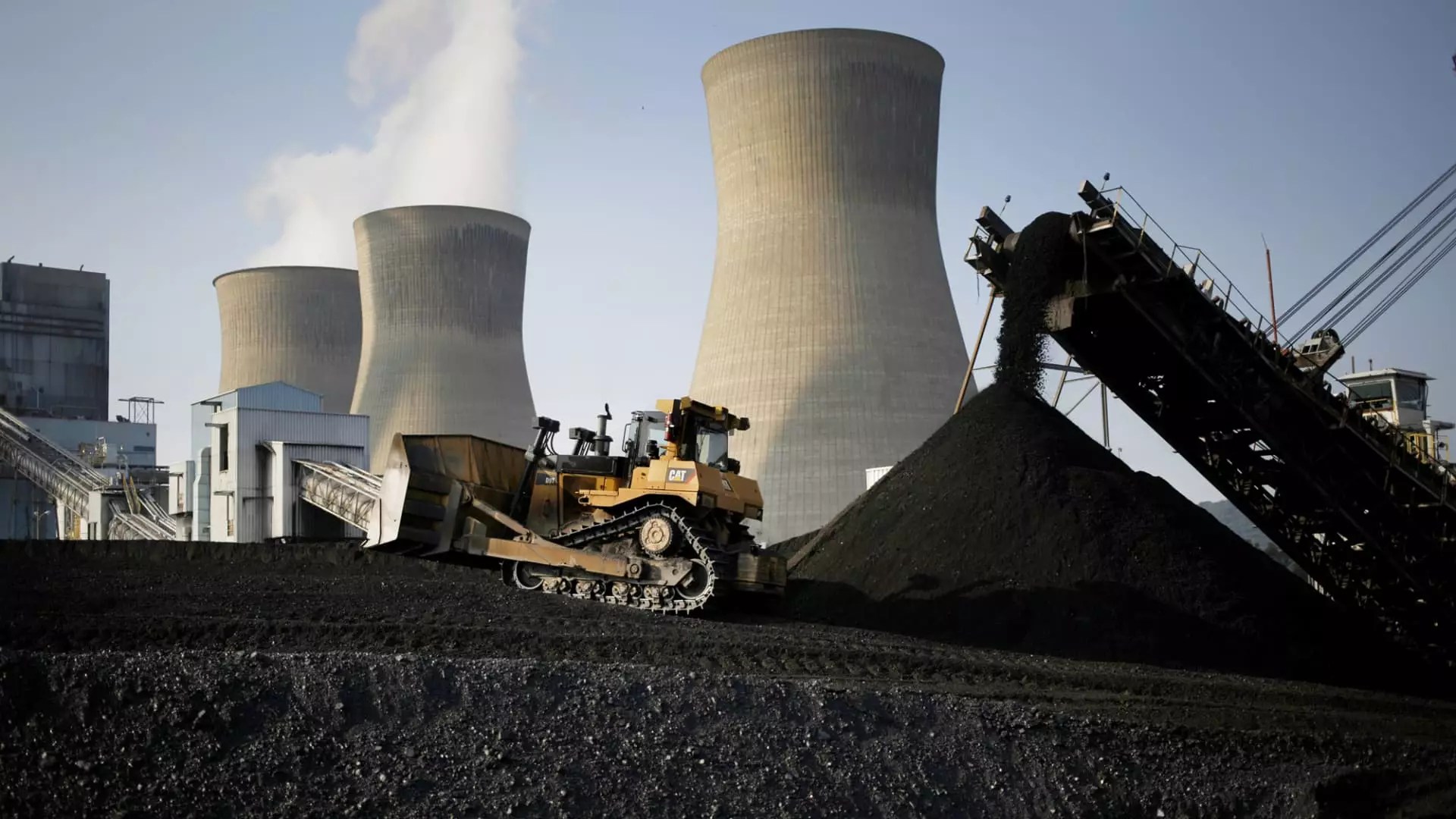The recent announcement regarding the planned restart of the Three Mile Island nuclear facility marks a pivotal moment for the future of nuclear power in the United States. Mike Goff, acting assistant secretary for the Office of Nuclear Energy at the Department of Energy, emphasized the urgent need for an expanded nuclear fleet to meet increasing electricity demands while simultaneously addressing carbon emissions. The current state of the U.S. nuclear industry, while boasting the largest global fleet with 94 operational reactors, illustrates both the potential and the complexity of advancing nuclear energy as a sustainable solution.
As of 2023, the nuclear sector is responsible for producing over 18% of the nation’s total electricity consumption. However, Goff highlighted that to ensure a stable, carbon-free energy future, the U.S. must significantly increase its nuclear production capacity—essentially calling for the addition of approximately 200 gigawatts of nuclear energy. This ambitious target approximates building an equivalent number of new plants, a feat that is not only daunting but essential for maintaining the balance between energy needs and environmental responsibilities.
To meet these ambitious targets, strategic partnerships are becoming increasingly important. For instance, Microsoft has recently pledged to purchase electricity generated by the restarted Three Mile Island plant, a move that exemplifies the intersection of technological advancement and energy needs. Goff pointed out that the rise of large data centers which demand reliable, round-the-clock electricity creates a unique opportunity for nuclear energy—a resource that can cater to such requirements through its steady output.
Moreover, Goff suggested that transitioning former coal communities could provide the necessary infrastructure and workforce to expedite the development of new nuclear facilities. Detailed studies from the Department of Energy reveal that decommissioned coal plants hold the potential for integrating up to 174 gigawatts of new nuclear capacity across 36 states. Utilizing existing transmission lines can significantly decrease costs and bypass the long lead times usually associated with establishing new power infrastructure.
This strategic pivot could yield substantial financial benefits; Goff noted that utilizing pre-existing coal plants might result in cost reductions of as much as 30% compared to building entirely new facilities. However, the reality is more complicated: navigating the regulatory landscape and initial investment costs will remain critical challenges.
The ambitious plans to revitalize nuclear energy are not without their historical baggage. The expansion of the Vogtle plant in Georgia, which exceeded $30 billion in costs and stretched seven years past its anticipated completion date, illustrates the significant hurdles that can derail progress. These setbacks emphasize the importance of meticulous planning and execution for upcoming projects. Drawing lessons from past challenges will be vital to successfully advancing new nuclear initiatives.
Despite these complex challenges, Goff suggests the possibility of producing up to 95 gigawatts of new nuclear capacity by either expanding existing plants or integrating with retired sites. However, this equilibrium hinges on the development of advanced and smaller reactor designs, some of which are still in the developmental stages and not yet ready for commercialization.
The Road Ahead: Policy and Public Perception
The recent political landscape surrounding climate change and clean energy initiatives has provided additional momentum for nuclear energy. The Inflation Reduction Act and similar legislative measures have begun to shift public perception towards valuing clean, reliable baseload power generation. As Goff noted, the recent acknowledgment of nuclear’s carbon-free attributes signals a significant shift in how stakeholders view this energy source.
Efforts to restart facilities like Three Mile Island and Michigan’s Palisades nuclear plant (set to restart by 2025) reflect an evolving recognition of nuclear energy’s role in achieving a sustainable energy portfolio. However, for these initiatives to succeed, they must receive the support and oversight of the Nuclear Regulatory Commission and other regulatory bodies who hold the key to unlocking this potential.
The planned restart of Three Mile Island serves as a catalyst for what could become a broader revival of nuclear power in the United States. As demand for clean, reliable energy continues to grow amid concerns about climate change and energy security, the challenges and opportunities presented by nuclear energy must be navigated with care. The future lies in collaboration between technology companies, energy providers, and policymakers to create a framework that not only revitalizes existing plants but also paves the way for the next generation of nuclear energy solutions. As we look ahead, the commitment to innovation and strategic infrastructure will be pivotal in shaping the landscape of American energy for decades to come.


Leave a Reply